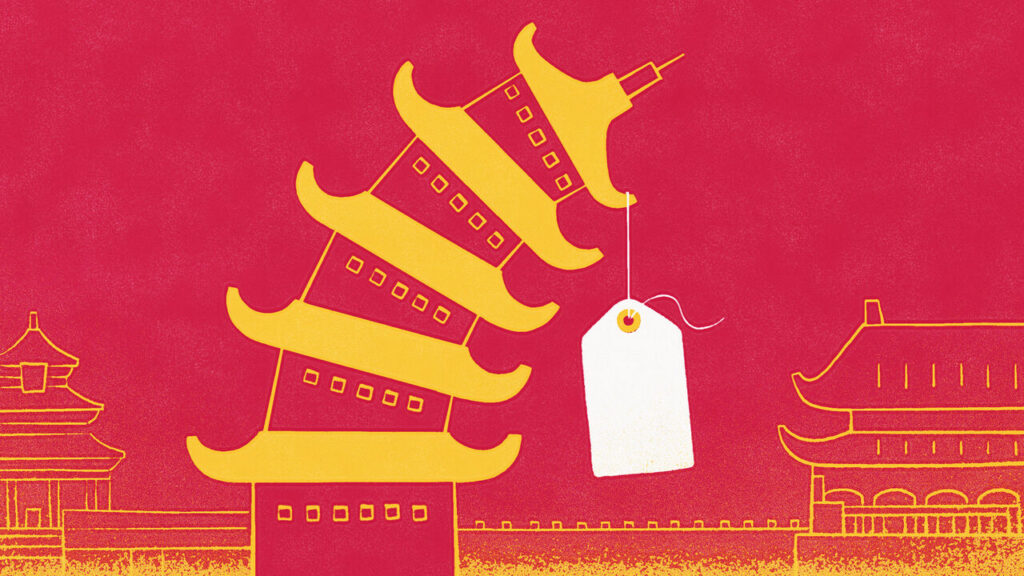In recent months, a curious phenomenon has emerged from the Chinese automotive industry that diverges notably from the typical dynamics of pricing wars observed globally. Traditionally, price hikes have raised alarm bells among government officials in various nations, who often label such practices as “price gouging.” However, in a striking reversal, the Chinese government has taken a firm stance against price reductions rather than increases. This unusual situation has left consumers and industry experts alike pondering the motivations behind such intervention.
In May, the Chinese state issued a reprimand to local automotive manufacturers, specifically targeting those who had made the decision to lower their prices. This action was surprising given the cultural context; typically, reducing prices is viewed as a win for consumers, especially in a rapidly evolving market like that of electric vehicles (EVs). The state made a statement that indicated their concern over what they referred to as a “price war,” asserting that there were “no winners” in this scenario. This declaration was met with skepticism, as it appeared to dismiss the evident benefits experienced by consumers, particularly in an era where affordability is increasingly critical.
The motivation behind the Chinese government’s intervention is multifaceted. For one, the Chinese leadership aims to maintain stability within key industries, including automotive production, which is a significant pillar of the national economy. Instability caused by aggressive pricing strategies could lead to a decline in quality, shifts in market dynamics, and long-term economic repercussions that could affect the country’s growth trajectory. Additionally, the government seems to express concerns about the long-term sustainability of the EV market. While a lower price point may yield immediate benefits for the consumer, it could potentially undermine the profitability of manufacturers and hinder innovation in the sector.
Moreover, the broader context of international economic relationships plays a role in this scenario. The global market for electric vehicles is growing intensely competitive, with companies like Tesla, BYD, and numerous others vying for dominance. As these entities engage in maneuvers to capture market share, governments must navigate a balancing act between stimulating progress and fostering competitive fairness. In China, where state-owned enterprises have historically held considerable sway, maintaining a competitive but fair market environment is crucial.
One cannot overlook the consumer perspective, which paints a distinctly different picture from that of the government. Happy consumers have emerged from this unsettling dynamic, culminating in the opportunity to purchase desirable electric vehicles, such as cost-effective models priced below $8,000. A price point that once seemed unattainable for many has now shifted dramatically, allowing for greater accessibility and participation in the EV market. This increase in accessibility aligns with global sustainability goals by encouraging a larger segment of the population to opt for greener alternatives in their transportation choices.
Nevertheless, the intervention by the Chinese government raises questions about the balance of power between state mandates and market forces. What implications does this action hold for free-market principles? When governments actively dictate pricing strategies, they risk creating a marketplace that operates more on regulatory dictates than consumer demand. As the Chinese market continuously evolves, the intersection of state power and consumer choice will remain a crucial focal point in understanding the future landscape of the automotive industry.
In conclusion, China’s approach to price regulation in the automotive sector showcases a unique set of priorities that prioritizes market stability over consumer-driven affordability. While consumers may benefit in the short term, the long-term implications of these government interventions warrant careful scrutiny. As the electric vehicle market expands and evolves, it will be essential for both manufacturers and policymakers to find a collaborative balance that promotes innovation, market health, and consumer satisfaction. The outcome of this fascinating case will undoubtedly set precedents for similar scenarios globally, influencing how countries navigate the complex interplay of economics and governance.









